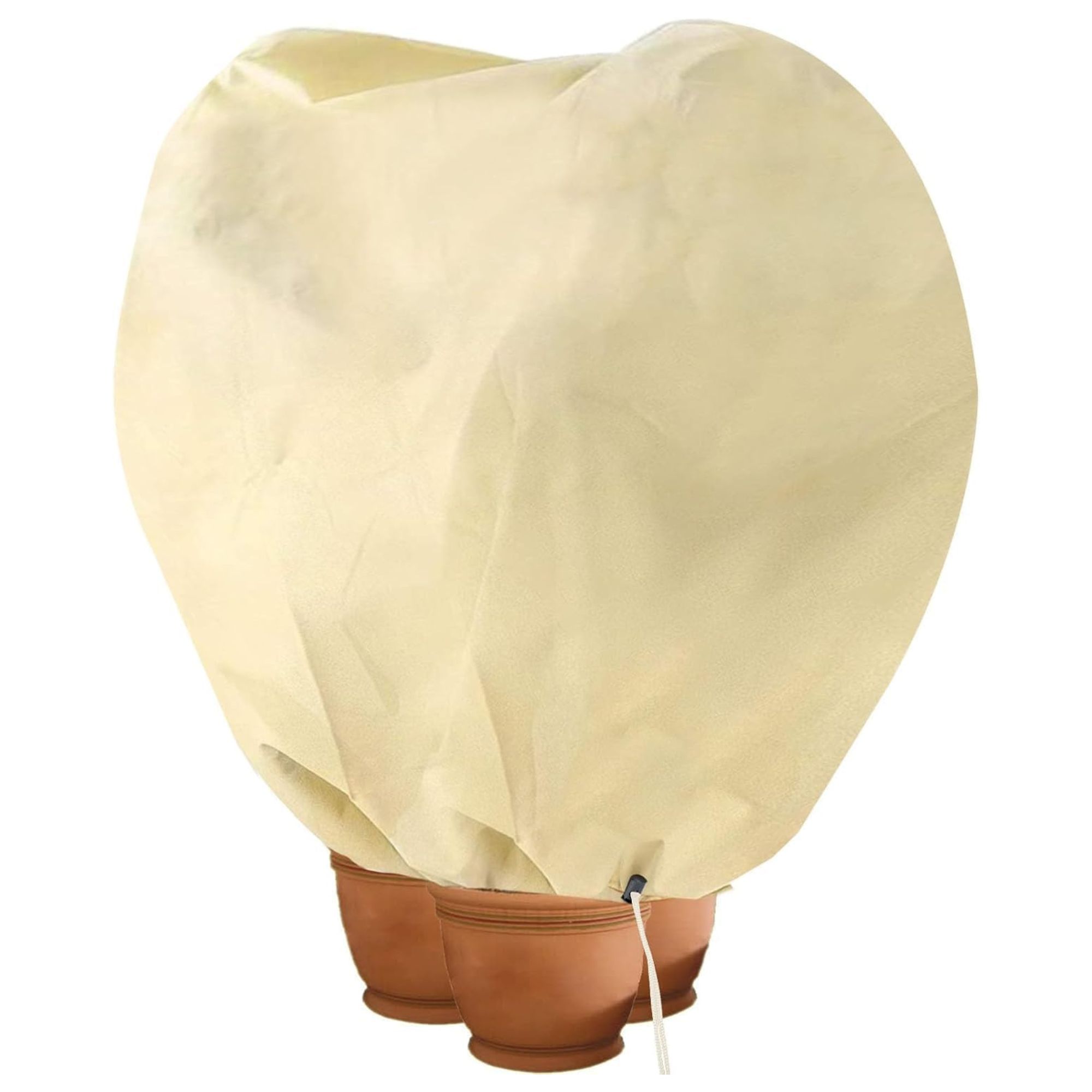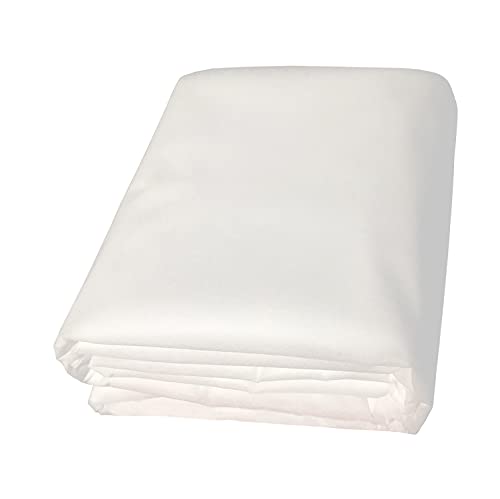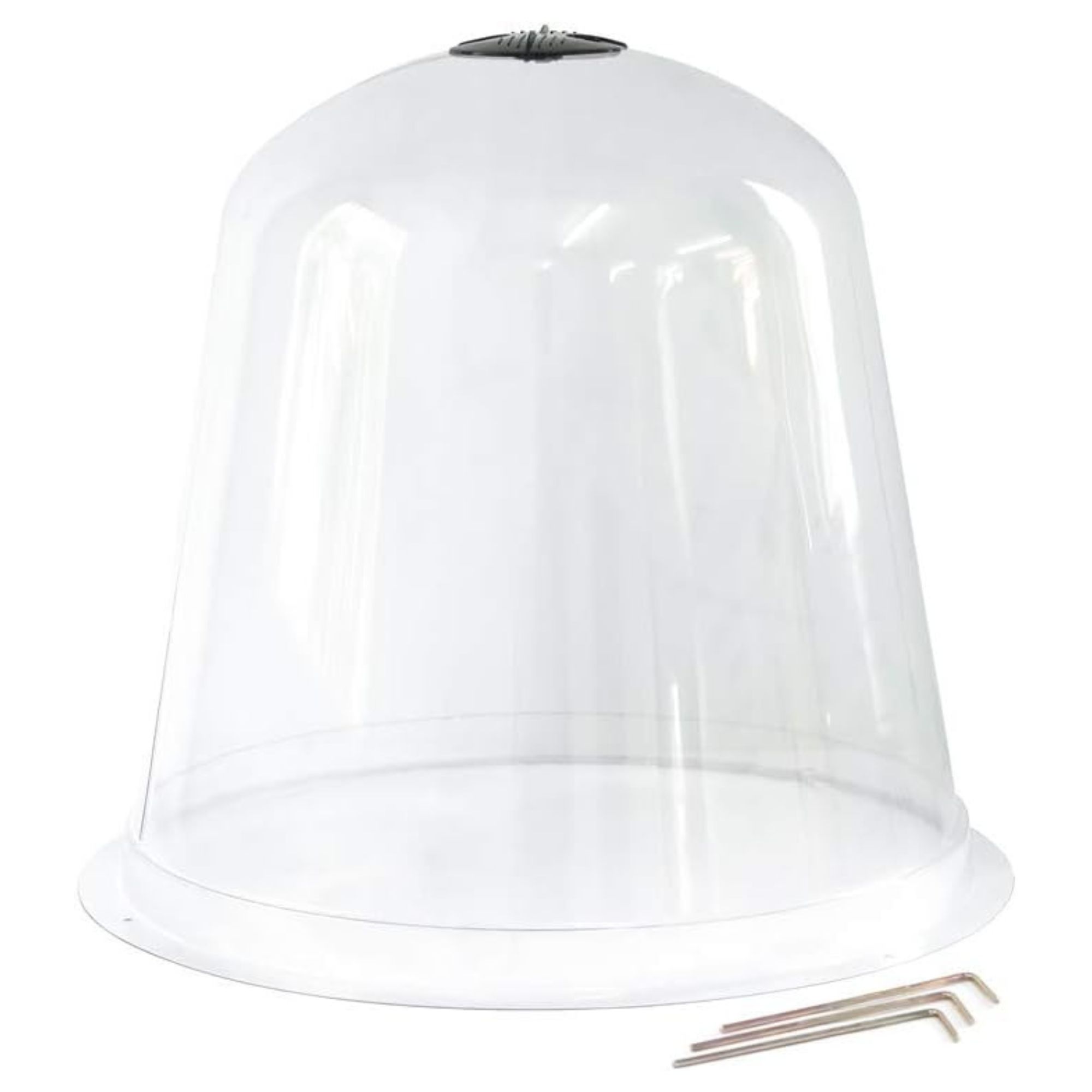Experts reveal the best time to unwrap plants after winter — and why you shouldn't act too soon
It depends on the weather — but don't jump ahead...
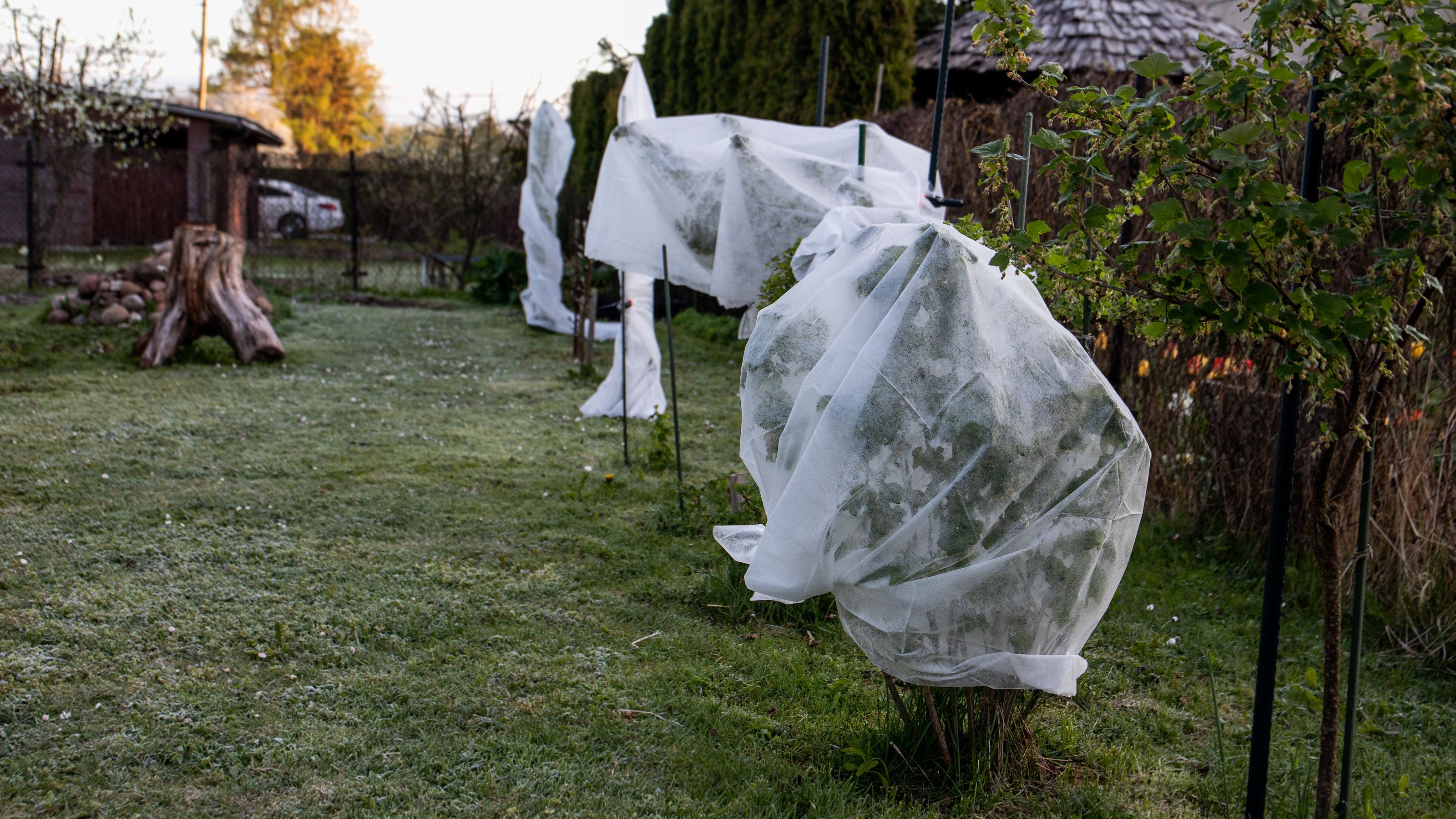

With warmer weather on the horizon, it’s all-go if you’re an avid gardener — and soon, you’ll need to think about when to unwrap plants and put the horticultural fleece to bed.
Well, you might be able to add it to your list of jobs to do in the garden in March — but it all depends on the weather forecast, and which type of plant you’ve coddled in fleece. More importantly, you shouldn't act too soon, or your winter efforts could be lost to a surprise spring frost.
We've checked in with a few trusted garden experts to work out the best time to unwrap plants and make sure we aren’t jumping the gun.
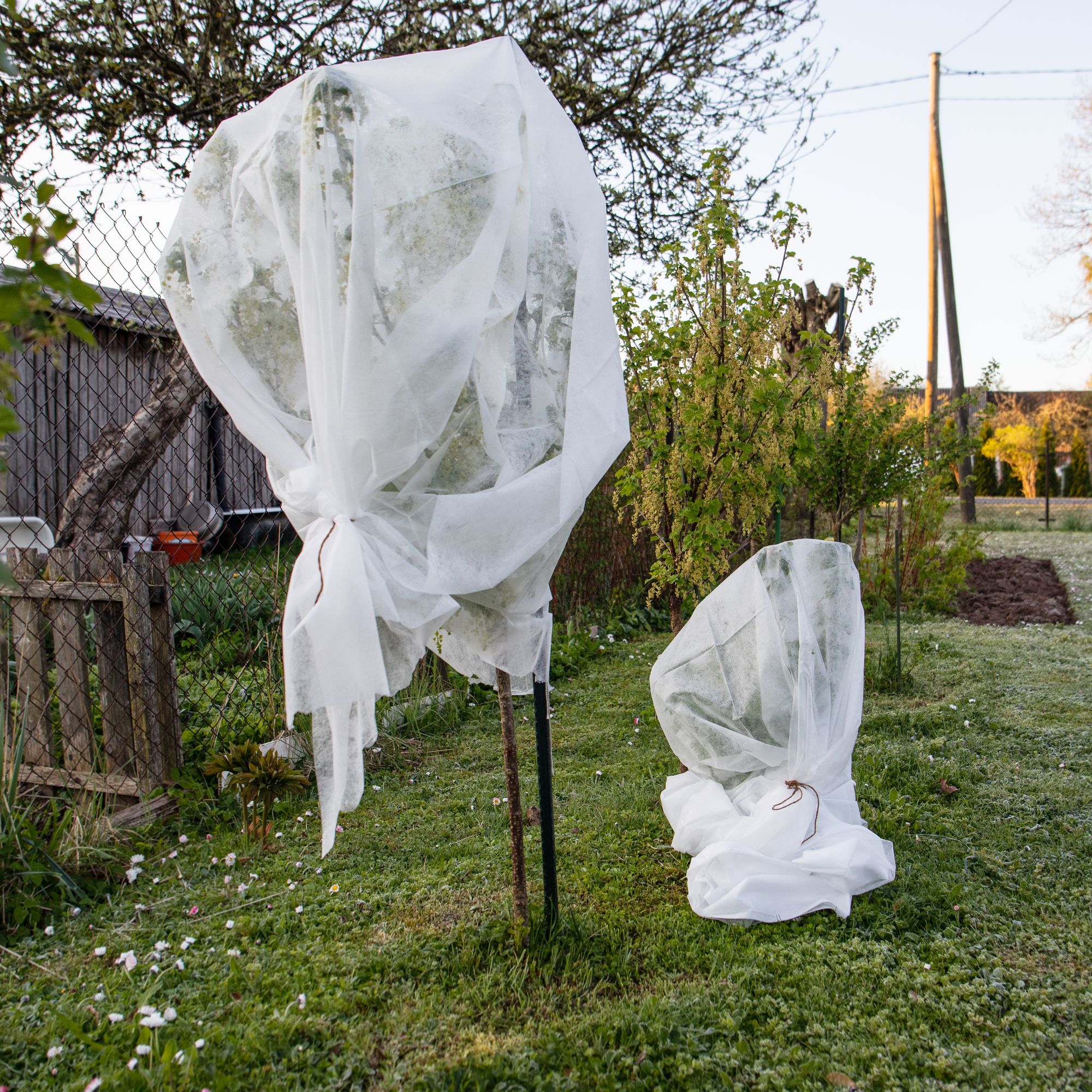
So, when should you unwrap plants?
Well, keeping an eye on the weather is key. You’ll need to ensure the last frosts are behind us before you unwrap your plants for good — especially when it comes to tender plants.
‘Tender shrubs should stay wrapped up until the first frost is out of the way — so normally by the end of March,’ says Monique Gudgeon, garden director at Sculpture by the Lakes.
In fact, if you want to avoid figuring out whether you can save a plant that's been exposed to frost, Polhawn Fort’s head gardener, Nicky, warns against unwrapping your plants any time soon.
‘Keep an eye on the temperature, as we can still get a bit of a cold snap at this time of year,’ she says. ‘I wouldn’t put the fleece away quite yet — it’s always good to keep it to hand just in case we do get a cold spell.’
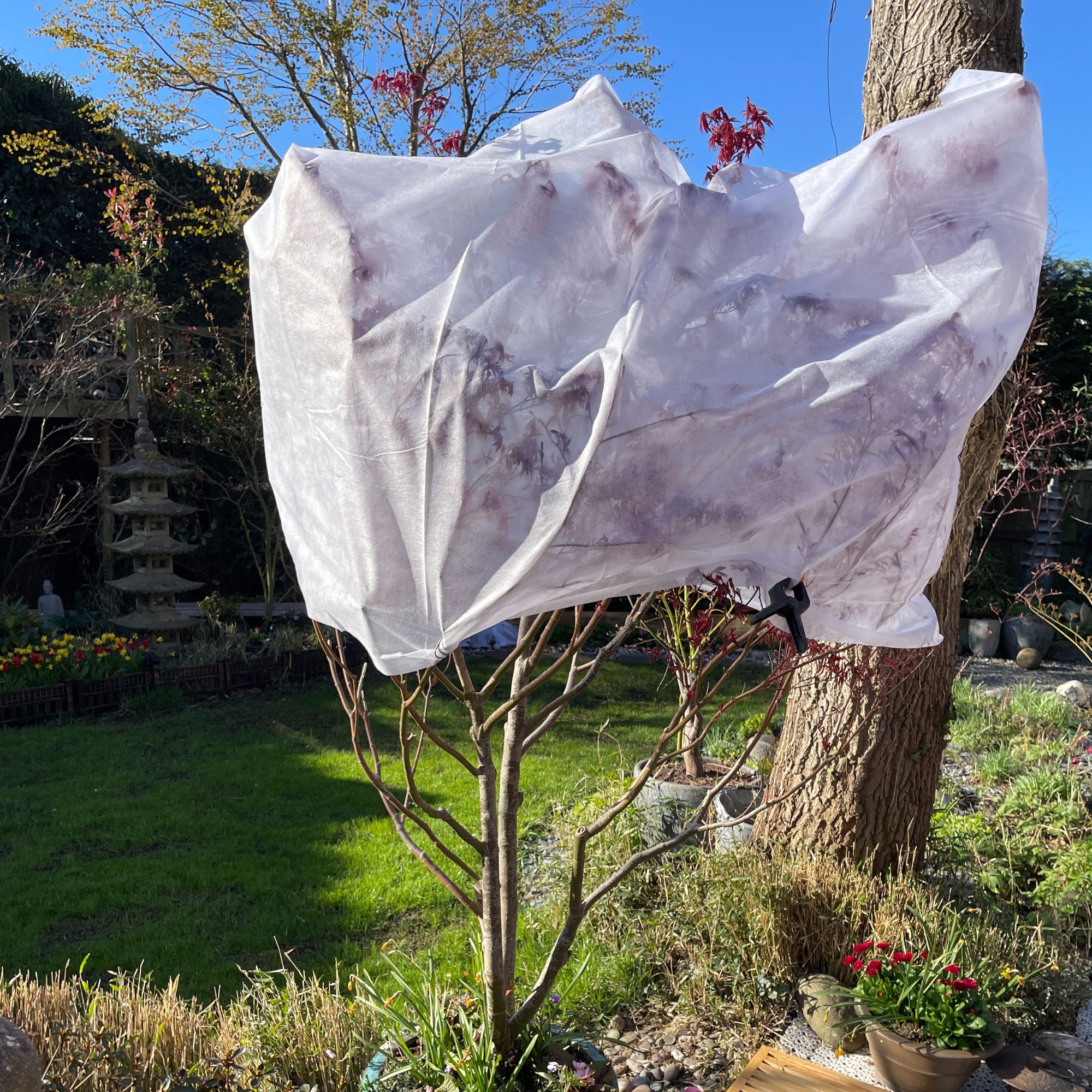
If you’ve thought about what to plant in March and made early sowings, it’s better to wait until the risk of frost has passed. ‘Really delicate seedlings should really only come out when all danger of frost has gone — so early May is normally the safest bet,’ advises Monique.
So, there’s no one-size-fits-all rule as to when to unwrap plants, but it does depend on the weather and the type of plant you have.
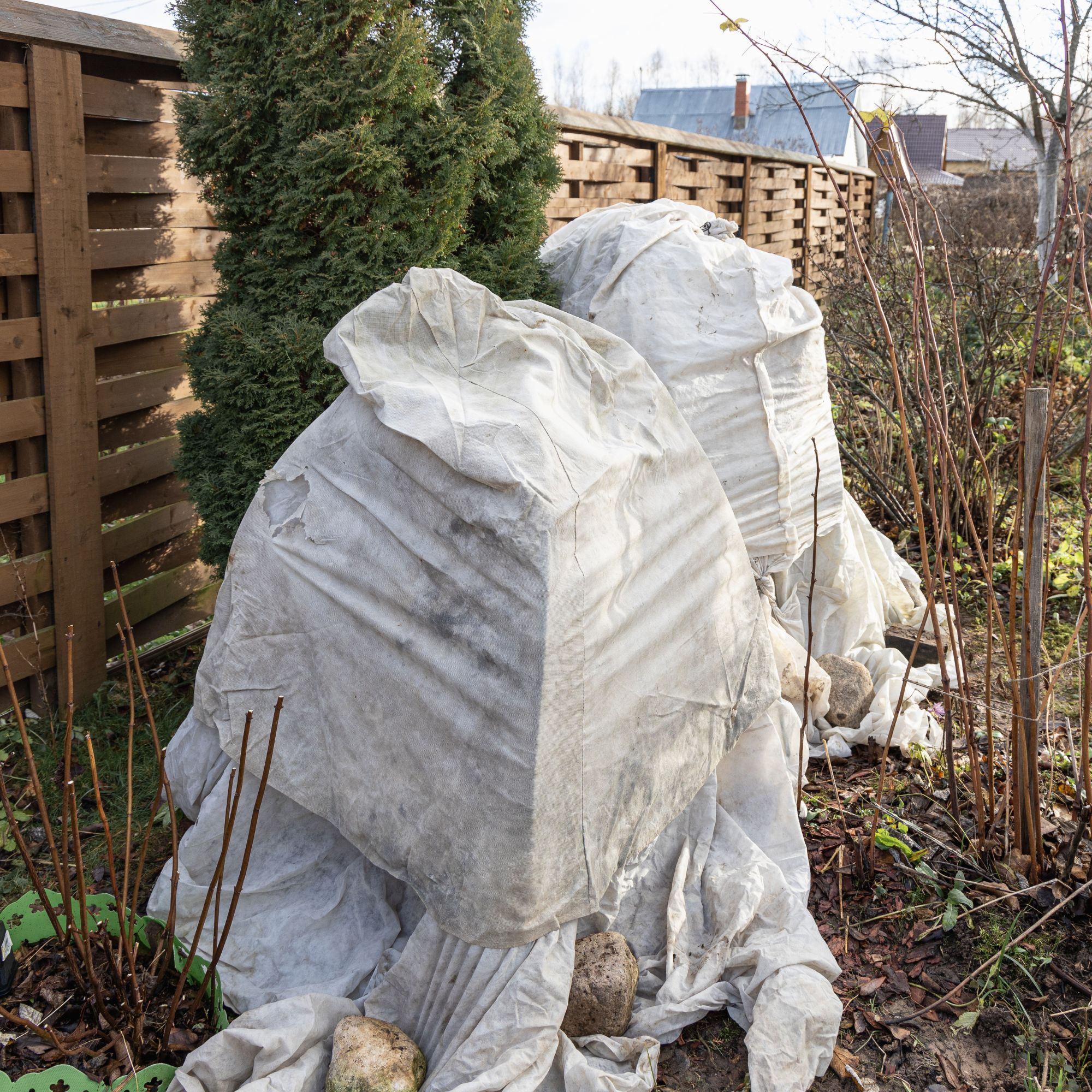
It’s worth being flexible with your wrapped plants, giving them a breath of fresh air on milder days.
‘With some plants like citrus trees, for instance, unwrapping them when it’s sunny and covering them at night,’ says Monique.
It’s actually a good idea to allow your plants some breathing space as we approach spring. ‘Fleece on plants does allow moisture and light through, but it is restricted,’ says Nicky from Polhawn Fort. ‘So, if we are expecting a sunny, warm spring day, it’s ideal to unwrap your plants and allow the natural light in.’
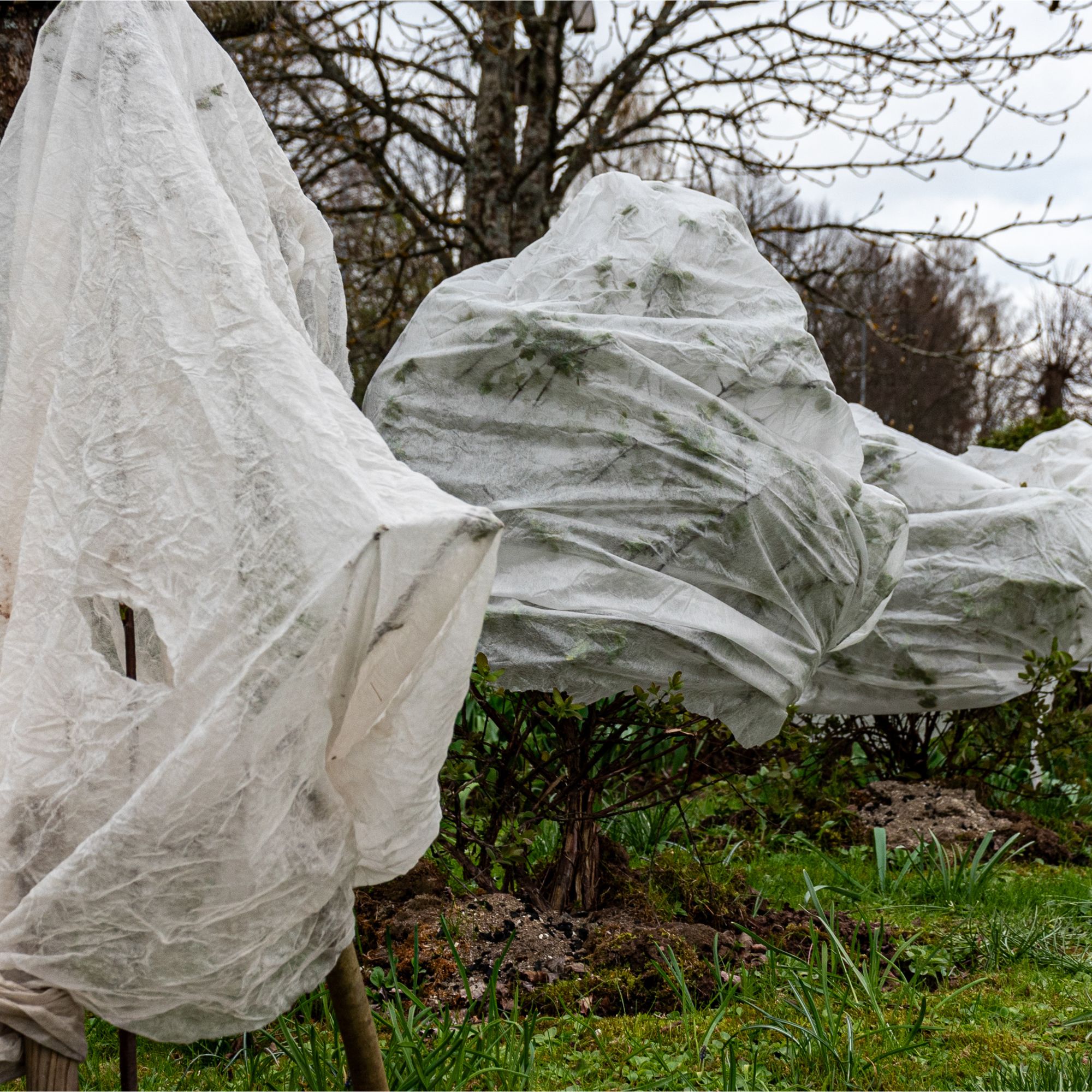
When it's time to unwrap your plants for good, try not to do it all at once.
'Don't remove all frost protection at once,' warns Julian Palphramand, head of plants at British Garden Centres. 'A gradual approach is best so that they can acclimatise.
'Start with the hardier plants and then leave tender plants until all frosts have passed, which tends to be April-time.'
Because the weather can be so unpredictable at this time of the year, it’s worth having one or two outdoor plant covers to hand if you do decide to unwrap your plants any time soon.
‘Having a fleece cover is handy,' says Monique. 'Our kitchen gardener often puts young seedlings out quite early, around March time, so they can benefit from any sunshine but also be protected from the cold with a cover.’
If you're in the market for last-minute frost protection for your plants, here's where to shop:
FAQs
How long can you leave fleece on plants?
Frost protection is important, but leaving fleece on plants longer than necessary can do them more harm than good.
'We recommend leaving fleece on plants until frost has passed, as it reduces light and airflow, potentially weakening them and encouraging pests or diseases as they enter the growing season,' explains Julian from British Garden Centres.
It won't be long before you can start planting out sweet peas and other indoor-sown plants...
Get the Ideal Home Newsletter
Sign up to our newsletter for style and decor inspiration, house makeovers, project advice and more.

Sophie joined the Ideal Home team as Gardens Editor in June 2024. After studying English at Royal Holloway, University of London, she began writing for Grow Your Own, which spurred on her love of gardening. She's tried growing almost every vegetable under the sun, and has a soft spot for roses and dinnerplate dahlias.
As Gardens Editor, Sophie's always on the lookout for the latest garden trend. She loves sharing growing hacks for every space, from herbaceous borders to balconies.
You must confirm your public display name before commenting
Please logout and then login again, you will then be prompted to enter your display name.
-
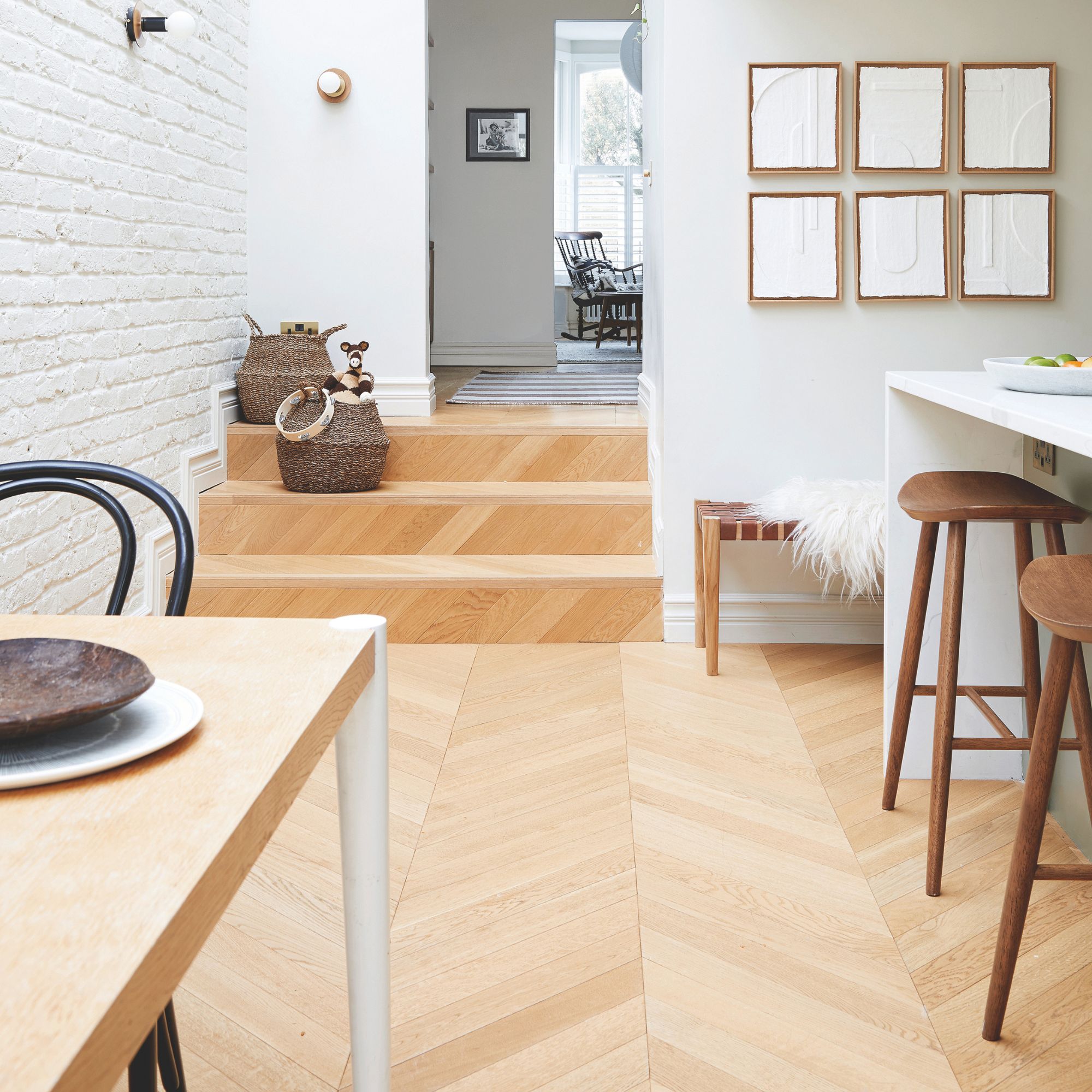 Experts warn of the 5 flooring sounds you shouldn’t ignore — and how you can fix them to prevent costly repairs later down the line
Experts warn of the 5 flooring sounds you shouldn’t ignore — and how you can fix them to prevent costly repairs later down the lineSilence is golden when it comes to your flooring, so any noises need to be addressed ASAP
-
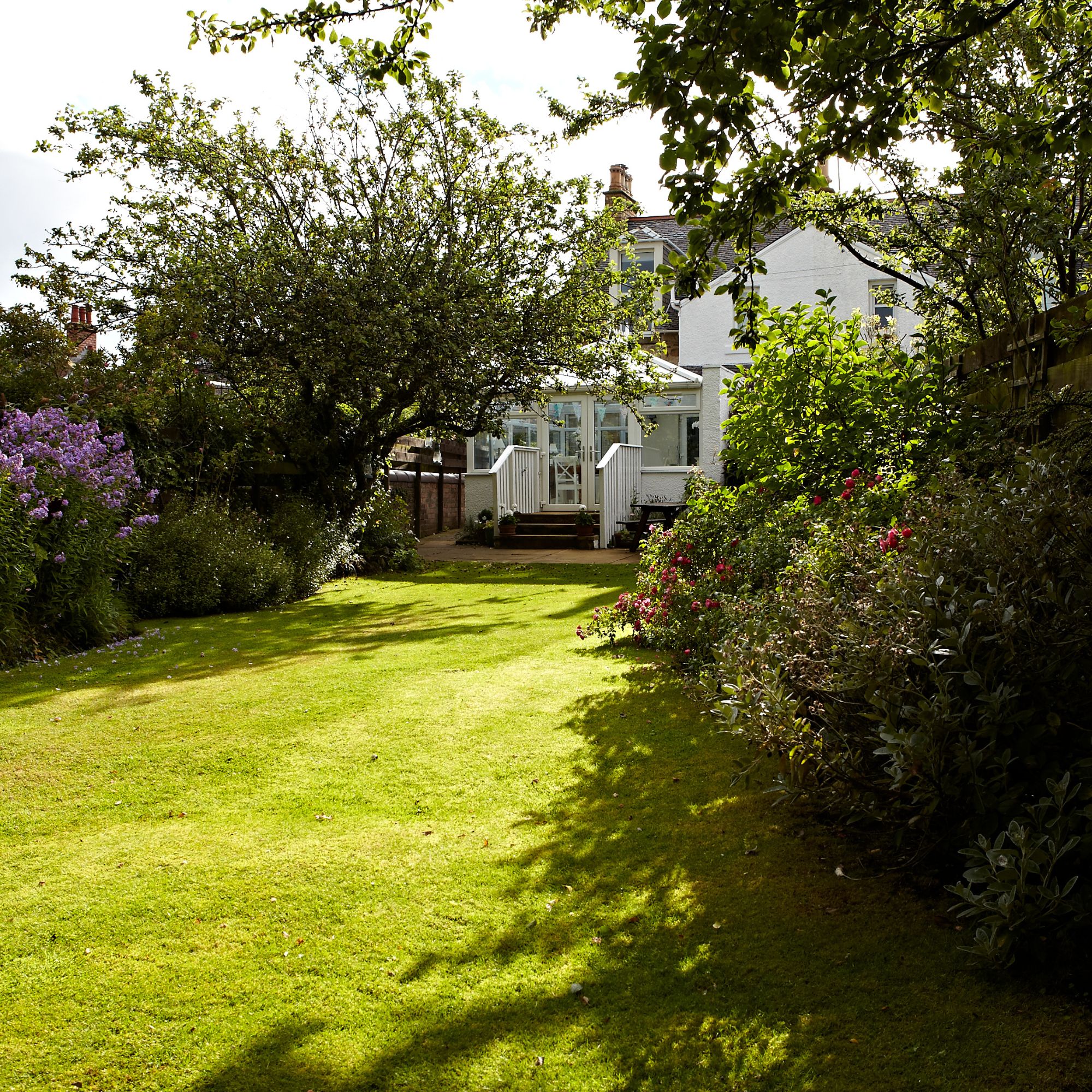 What can you do if a neighbour's tree is blocking your sunlight?
What can you do if a neighbour's tree is blocking your sunlight?From what rights you have, to how to broach the issue with next door From what rights you have, to how to broach the issue with next door
-
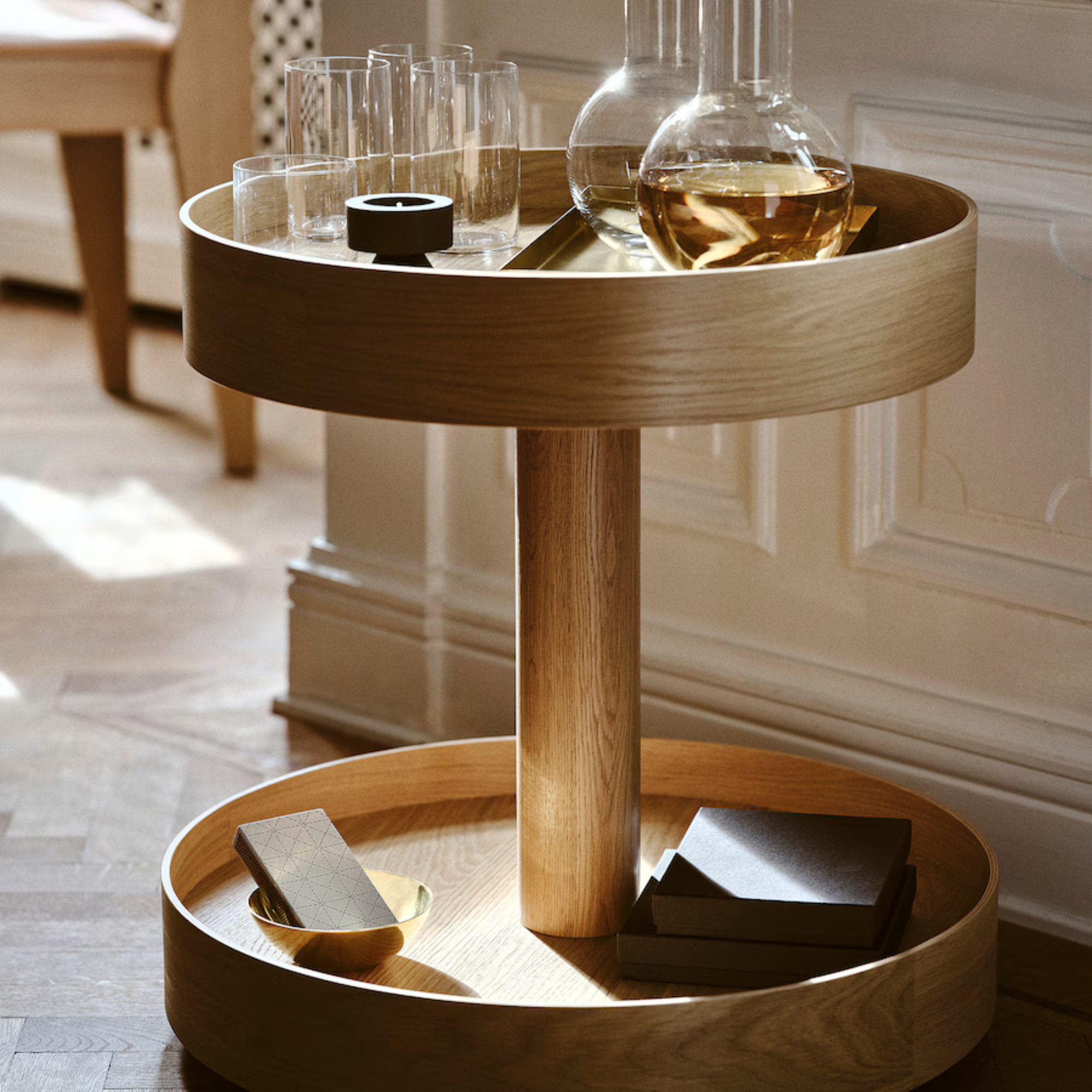 IKEA’s new ‘floating’ storage trolley nails classic Scandi-style - I think this clever feature will give it cult status
IKEA’s new ‘floating’ storage trolley nails classic Scandi-style - I think this clever feature will give it cult statusIKEA's new design is almost too pretty to be a storage trolley
